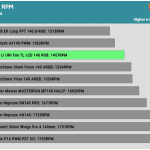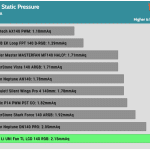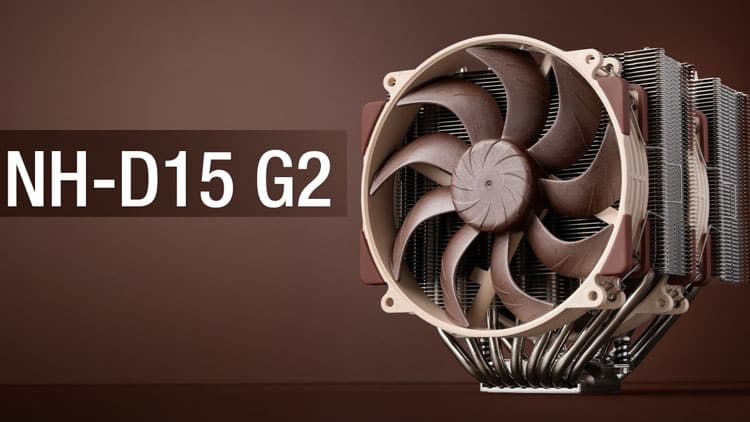Normalized Noise Tests
For these tests, I set the fan to speeds with noise output at the following predefined levels: 20/25/30/35/40/45 dBA. I skip the corresponding tests if the fan under the test cannot reach some noise levels. The speeds shown in the graph below are measured with the fan in a clear space inside my hemi-anechoic chamber without any obstacles. I set these speeds on the Longwin machine, but they slightly change because of the variable conditions that the device applies.
Lately, we discovered a peculiarity of the Longwin apparatus, so we are re-testing every fan we have, and we will continue to double-check all results because it seems the Longwin’s fan controller doesn’t “like” speed control for these tests, but it works better with PWM control. This is why you will find differences with results listed in previous reviews; we constantly update the noise-normalized tests to make them as accurate as possible!
20 dBA Noise Output
It has low speed, not impressive airflow, but high static pressure. Power consumption is increased because of the LCD screen.
25 dBA Noise Output
The rotation speed is low, so the noise design is ineffective. The airflow is low, but the static pressure is top! Power consumption is increased because of the LCD screen.
30 dBA Noise Output
Like 25 dBA, the rotation speed is low, meaning that the noise design is not effective. The airflow is low, but the static pressure is top! Power consumption is increased because of the LCD screen.















Amazing work! Thank you for this.
🙂
Great for when half your fans are oriented in a way where the display isn’t visible.